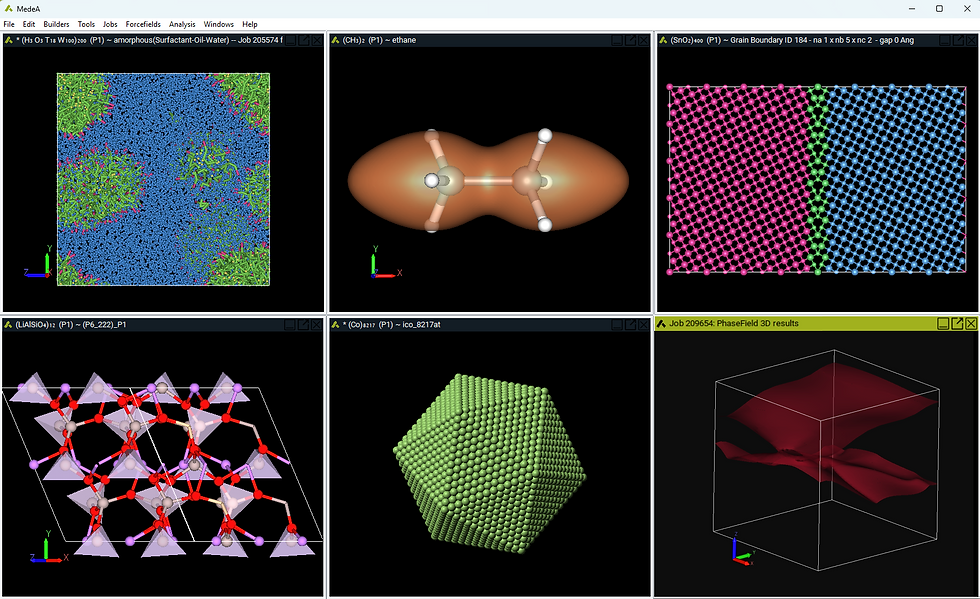Materials Design Scientist Contributions to TMS 2020 Conference
- Katherine Hollingsworth
- Feb 18, 2020
- 1 min read

Bill Howland will give a talk at the TMS 2020 conference in San Diego next week on a paper he coauthored with Materials Design scientists Mikael Christensen, Erich Wimmer, and Volker Eyert. Learn more about their presentation below:
Symposium: Radiation Effects in Metals and Ceramics
Influence of Zircaloy Alloying Elements and Impurities on Point Defects Formation in ZrO2 Corrosion Films and Resultant Zircaloy Corrosion Rate
Abstract
A typical composition of nuclear-grade zirconium alloys is more than 98 percent zirconium and less than 2 weight percent of tin, niobium, iron, chromium, nickel and other metals. A percentage of these impurities go into solution in the corrosion based zirconium oxide film. The alloying elements in zirconia solution will demand a response from intrinsic point defects such as oxygen anion vacancies and conduction band electrons. Additionally, contaminants such as Nitrogen can greatly enhance corrosion rates as point defects in zirconia by both influencing transport of corrosion species through the protective oxide barrier layer, by influencing corrosion transition, or both. To this end, this work determines the influence of Nitrogen on the transport properties of oxygen anion vacancies and conduction band electrons and the mitigating effects of common alloying elements such as Sn and Nb. The evolution of these point defects under irradiation is discussed.



Comments